Yoga and Pilates Ceramic Ceiling Heater by REH Features & Benefits:
- Install applications: T-bar ceiling
- Save 30-70% compared to gas, propane, oil or other electric systems
- Hardwired for 120, 208, 240 or 277 volts.
- Controlled with hardwired line voltage or low voltage thermostat
- Reaches full heating potential in 5 to 7 minutes
- C UL US certified
- 10-year Limited Warranty
- Made in the USA
Heat Comparison
The ceramic ceiling heater warms a room faster and can reach higher temperatures than other radiant T-Bar ceiling heaters on the market. It also heats a greater amount of surface area than the compared heater. Look below for a thermal comparison between ceramic ceiling heater and a competing brand’s lay-in heater.
Heat Retention:
Once the room is heated to the desired temperature the ceramic ceiling heater turns off. After being turned off for five minutes, the ceramic surface temperature is higher than the compared heater’s surface temperature which had operated continuously for ten minutes. See the comparison below:
Yoga Studio Application
1: Our yoga thermostat allows you to obtain the high temperatures hot yoga studios desire.
2: Panels mount right into the ceiling and give sun-like warmth to the people and objects below.
In this example, a 760 square foot yoga studio is heated by 15 1,250-watt ceramic heating panels. The panels fit directly into a T-bar ceiling grid, commonly used in commercial spaces. They will warm up and heat the people and objects in the studio below to a temperature of 90-105F depending on ceiling height, R-values of insulation, window type/sizes/# of panes or U-value, location, etc.


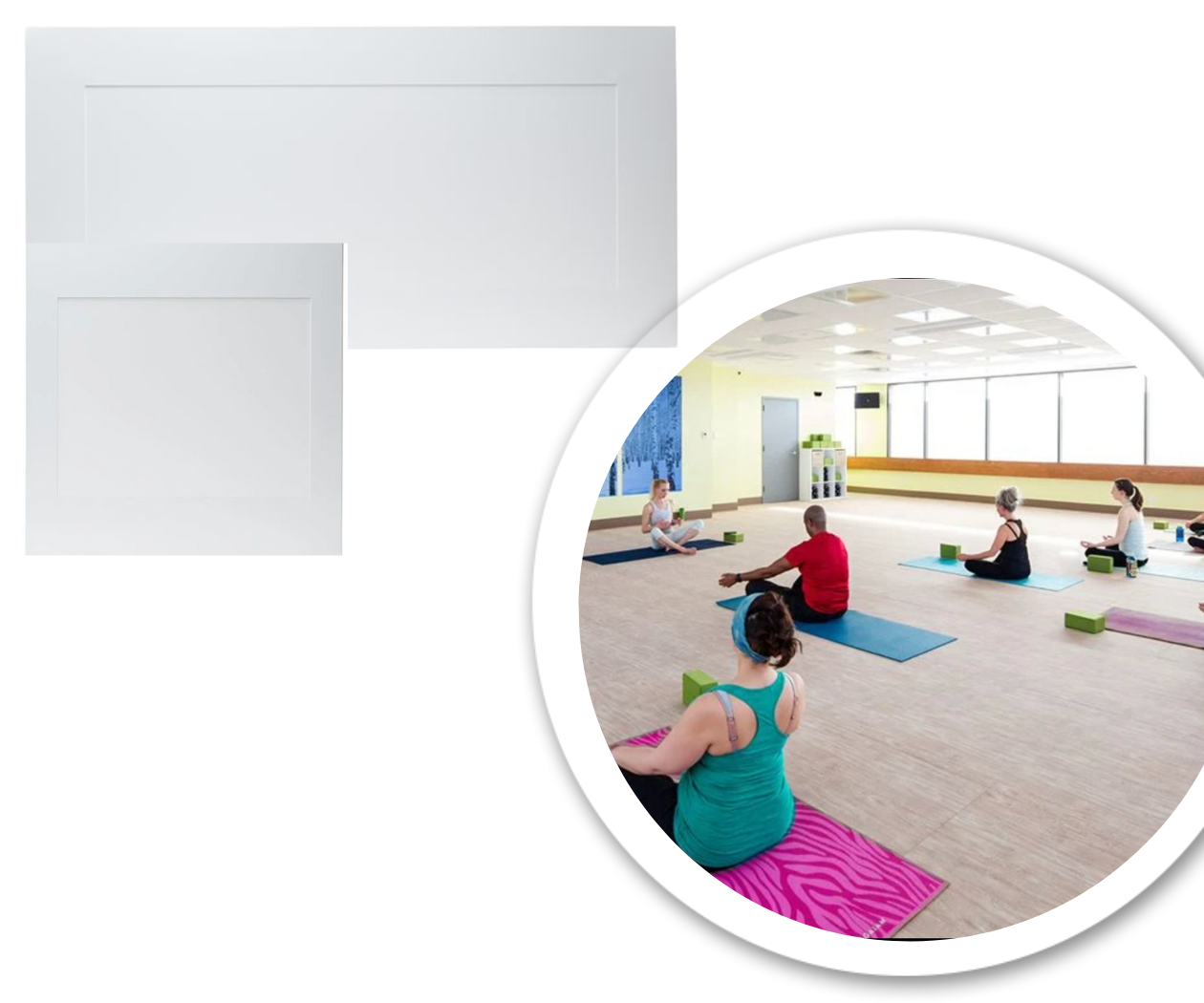

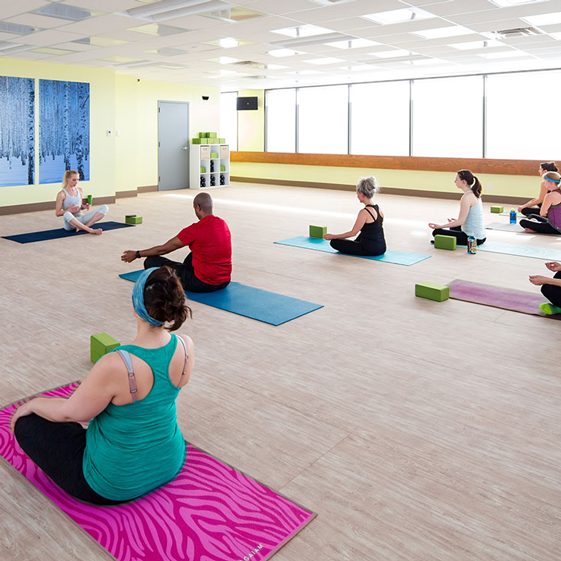
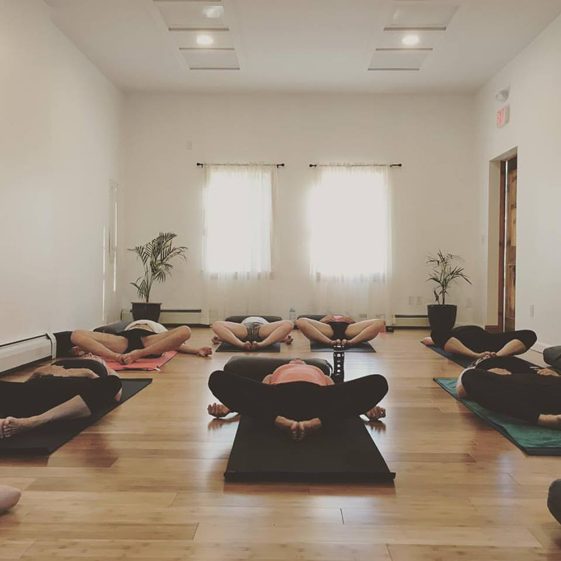
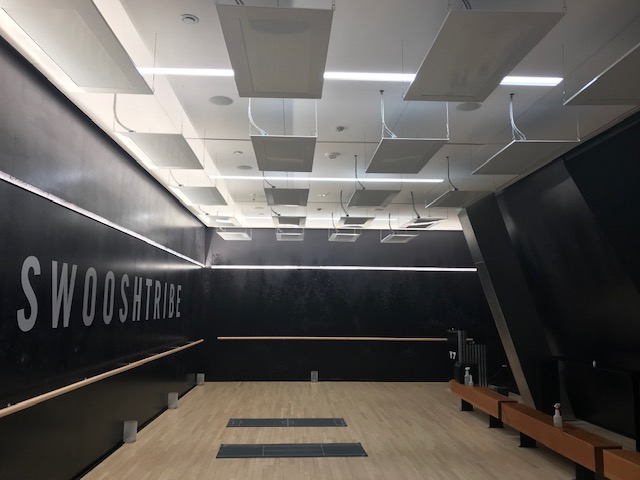
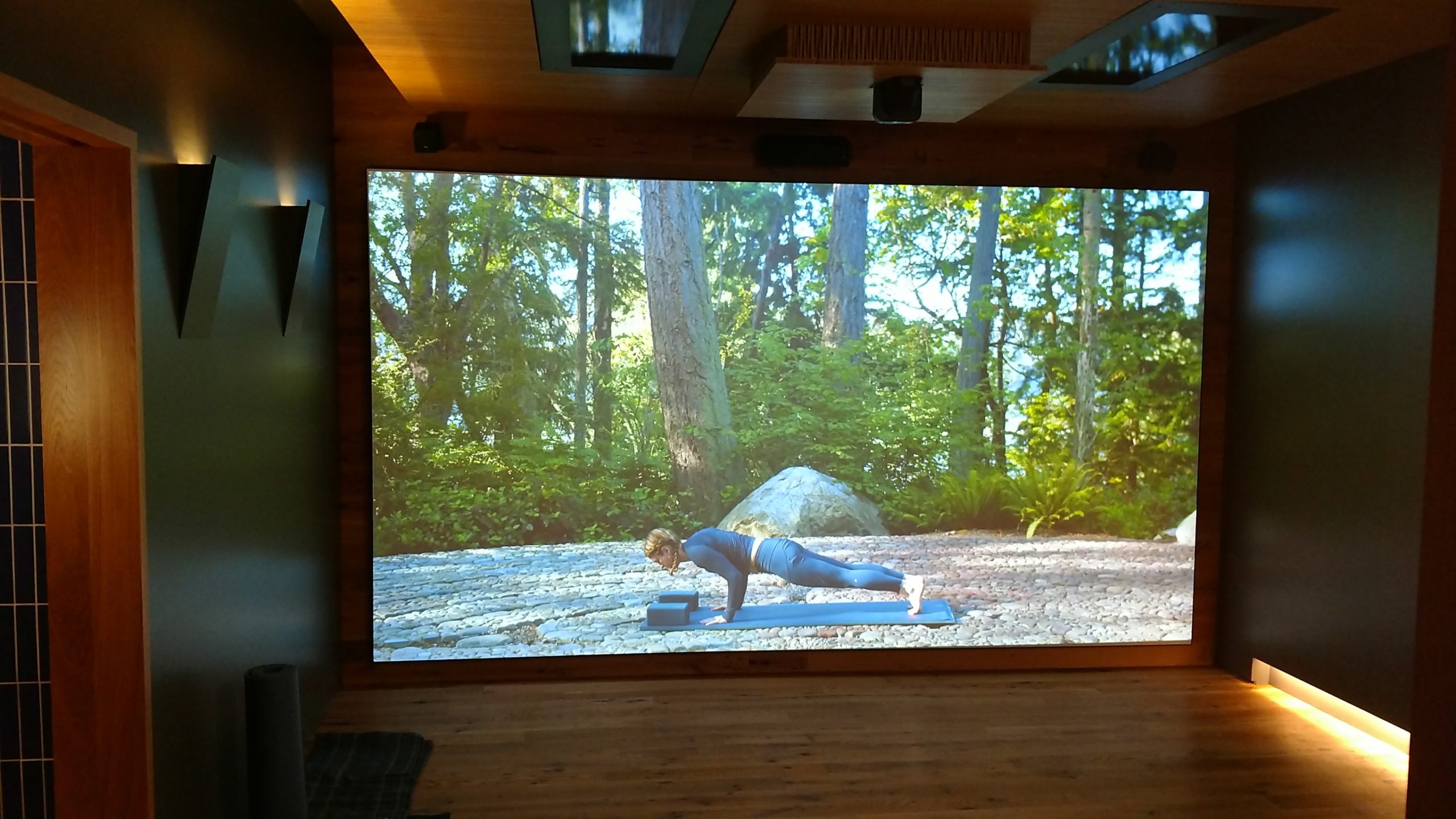
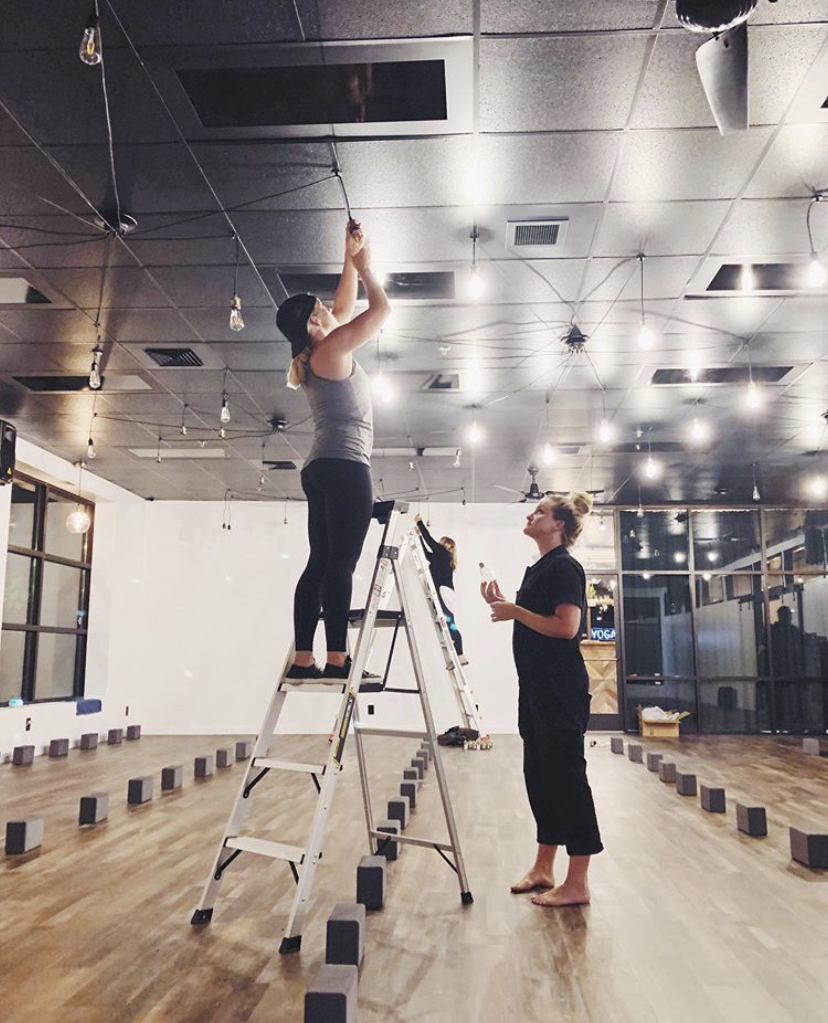
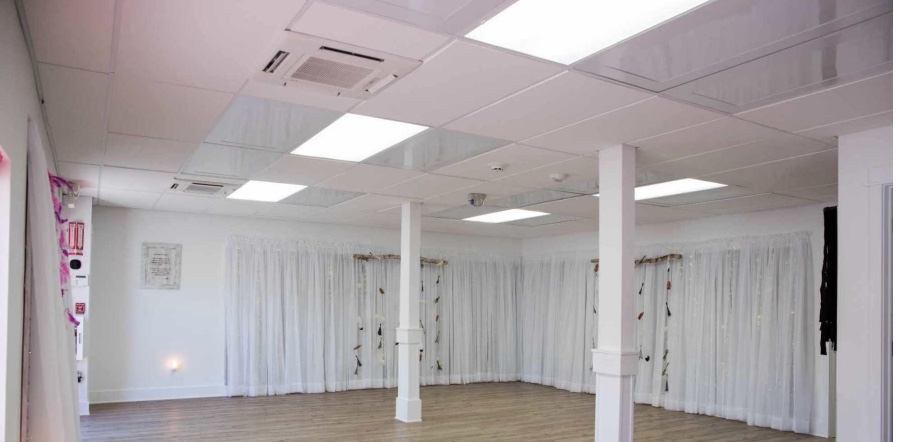
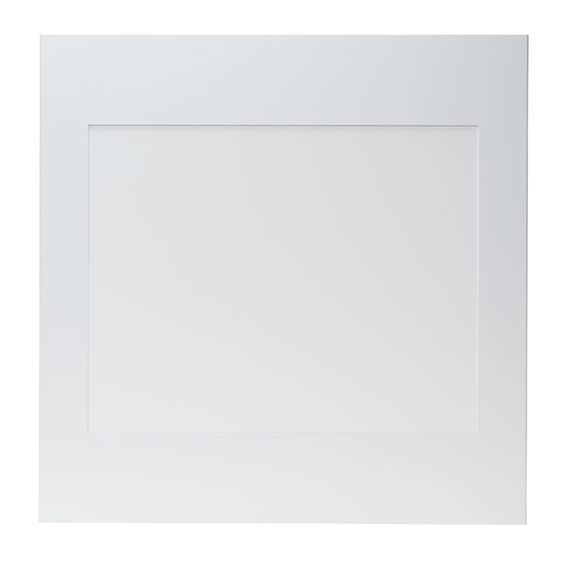
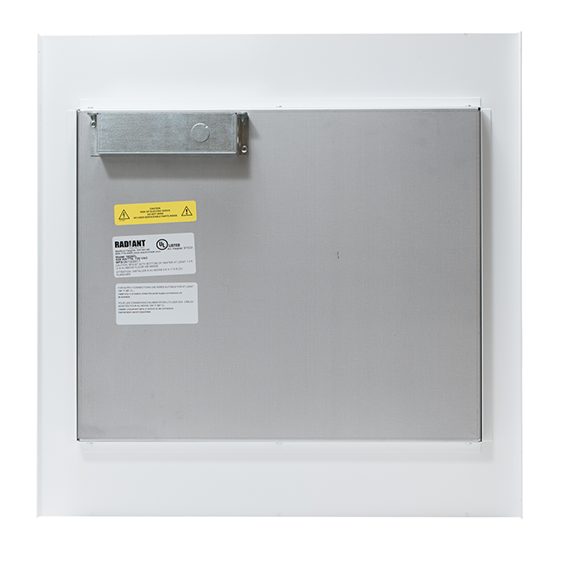
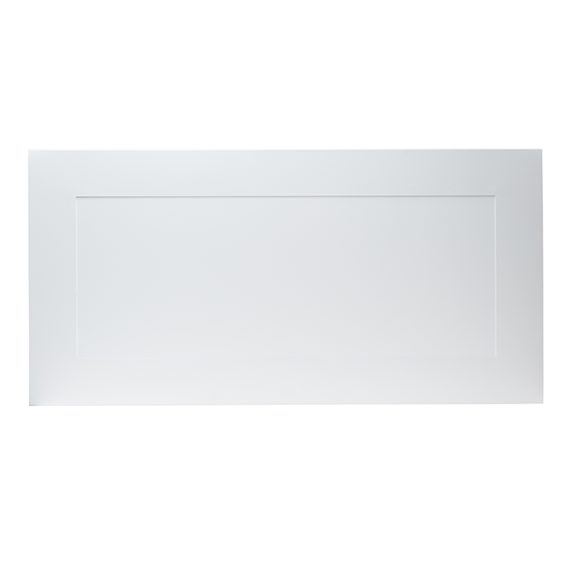

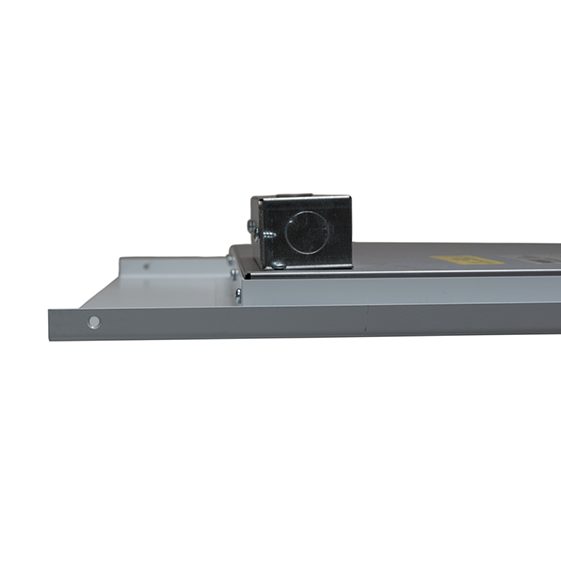
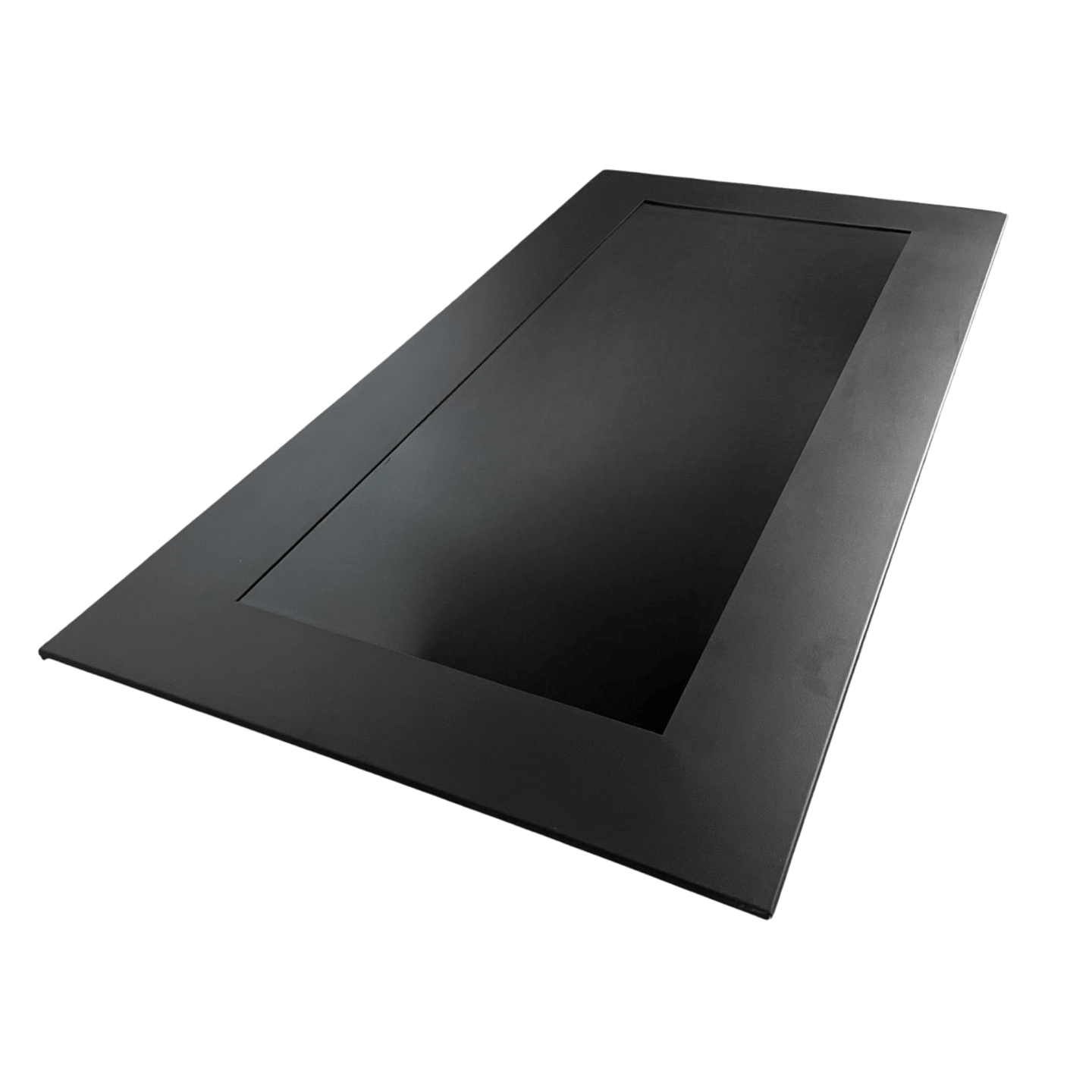
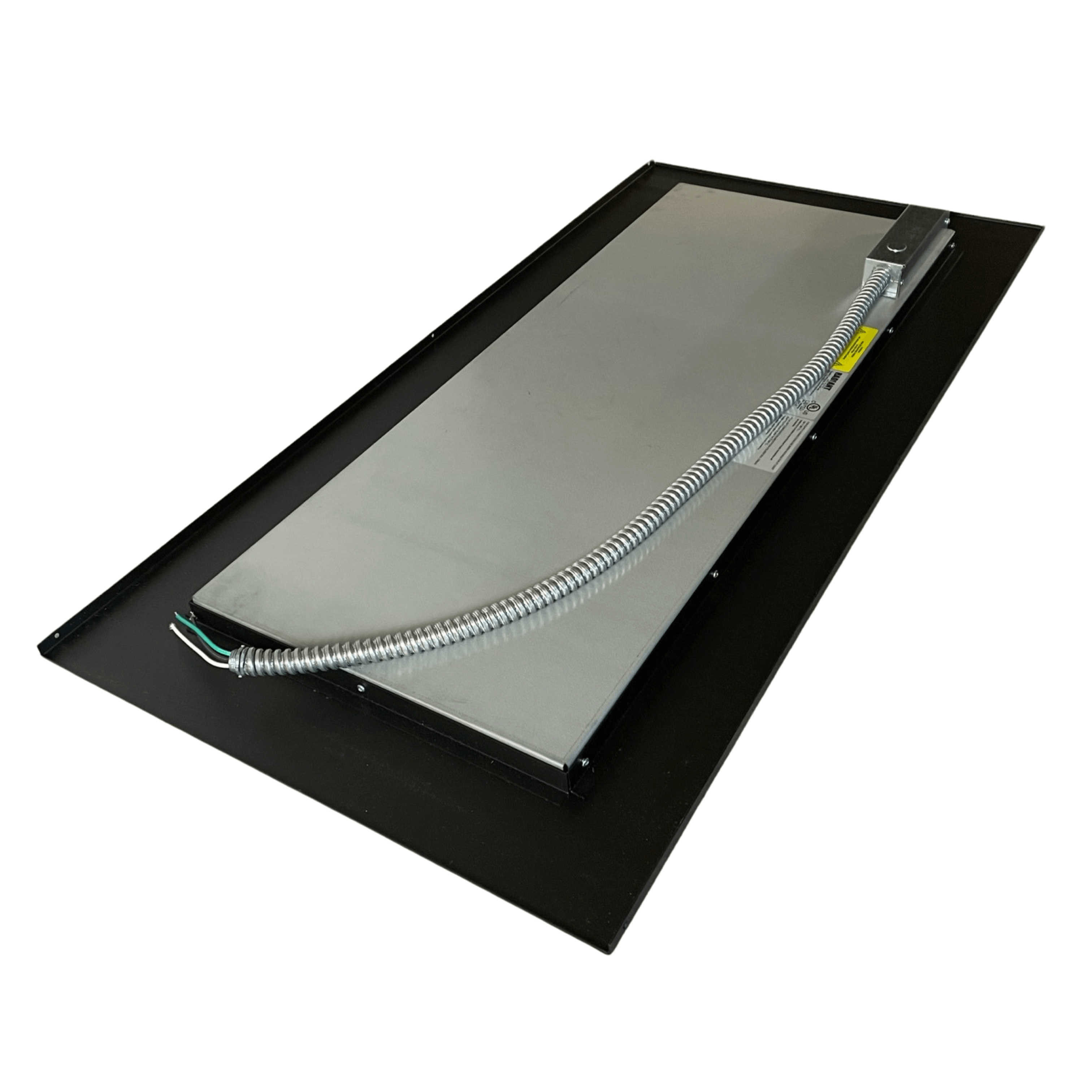
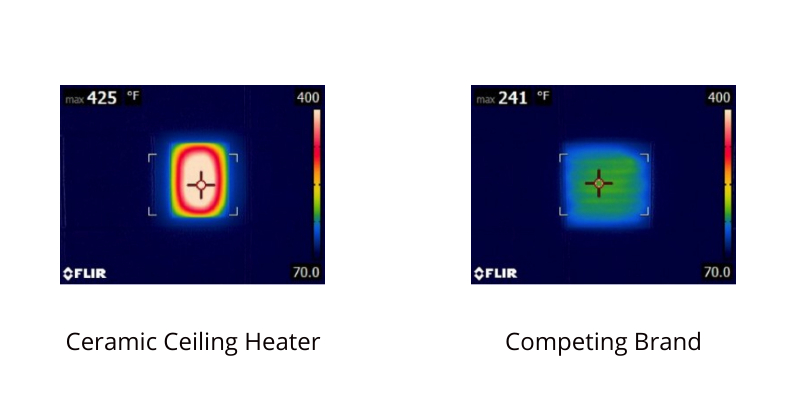

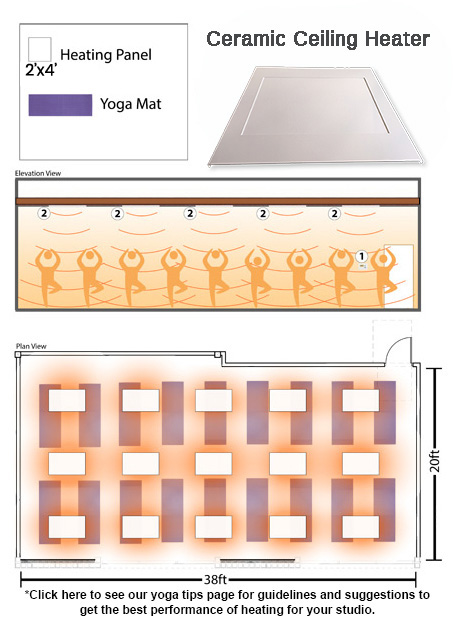
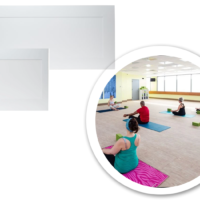
Sizing and ordering to delivery was great
customer service is always the best. quick and to the point replys and help!
Great to deal with. Easy order.
Had some issues with installation that they were super supportive
Always helpful and courteous.